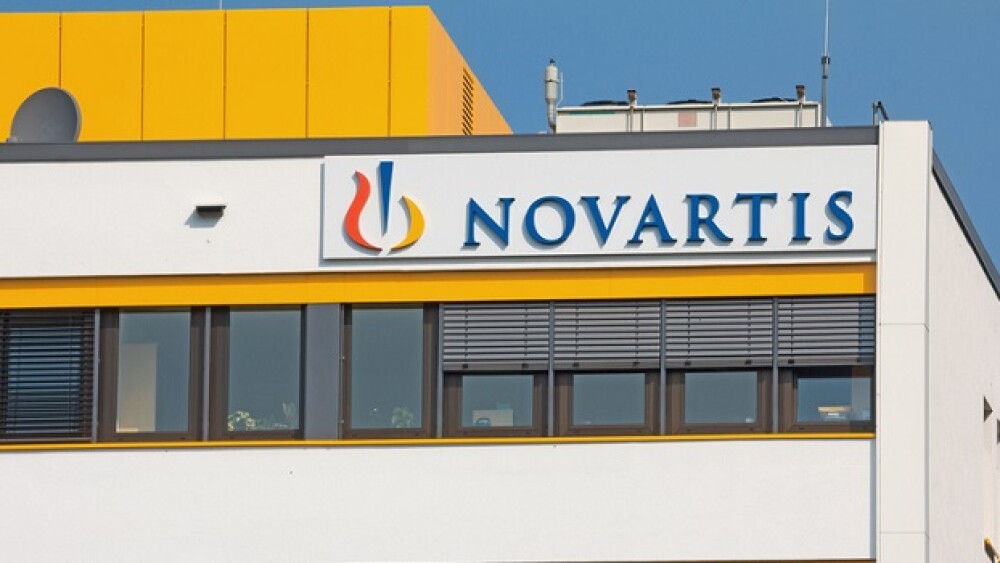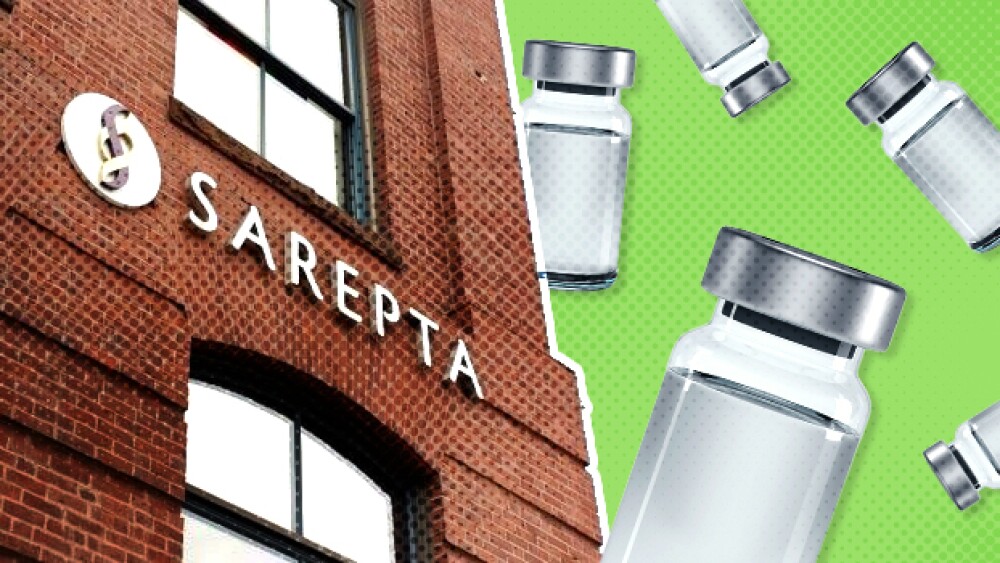Shares of Conatus Pharmaceuticals dropped 34.3 percent postmarket yesterday after the San Diego-based company announced mixed top-line results for its proof-of-concept trial in liver transplant patients with fibrosis or cirrhosis.
Shares of Conatus Pharmaceuticals dropped 34.3 percent postmarket yesterday after the San Diego-based company announced mixed top-line results for its proof-of-concept trial in liver transplant patients with fibrosis or cirrhosis.
The clinical trial of emricasan failed to meet its primary endpoint in the overall trial population. However, in a subgroup of patients that the company says is the most relevant, data merited further evaluation. That subpopulation had advanced fibrosis and early cirrhosis.
In December 2016, Conatus inked an exclusive option, collaboration and license deal with Novartis to develop and commercialize emricasan. In May 2017, Novartis exercised the option after the Phase IIb ENCORE-LF clinical trial launched.
Emricasan is a first-in-class, orally active pancaspase protease inhibitor. It is designed to decrease enzyme activity that mediates inflammation and cell death.
In the prespecified subgroup of patients with advanced fibrosis or early cirrhosis, 95 percent of patients, 19 of 20, receiving emricasan had responses in Ishak Fibrosis Score after two years compared to 58.3 percent in the placebo arm. Several inflammatory activity markers were either normal or slightly elevated in both the emricasan and placebo groups.
“These are the first biopsy-based efficacy results for emricasan,” said Steven Mento, president, chief executive officer and co-founder of Conatus, in a statement. “We are particularly encouraged by the 95 percent response rate in a subgroup of advanced fibrosis and early cirrhosis patients with a favorable two-year safety profile. In addition, in patients with the potential to continue worsening, those less than F6 at baseline, only two of 26 (7.7%) on emricasan compared with five of 17 (29.4%) on placebo showed an increase in fibrosis score at year two—a treatment difference of 21.7 percentage points. We also plan to evaluate responses in additional subgroups in a variety of secondary and exploratory endpoints to learn as much as possible from this data-rich trial.”
The company has conducted three other Phase IIb trials with Novartis on emricasan. This trial had a separate patient population than the other trials. The other trials were in non-viral indications in patient populations with nonalcoholic steatohepatitis (NASH) fibrosis or cirrhosis. This group were stable liver transplant patients who averaged seven years after transplant and were on immunosuppressive therapy. Their cirrhosis had been caused by hepatitis C (HCV), which was eradicated before the study by antiviral therapies. The transplanted livers had residual fibrosis or cirrhosis that was caused by recurrent HCV infection.
The safety profile of the drug in this trial was consistent with 16 previous clinical trials. It was generally well-tolerated and the overall safety profile was similar to those seen in the placebo groups.
The prespecified goal for the primary endpoint was a difference of 15 percentage points or more in response rates between the treatment and placebo arms. For the overall patient population, the difference was 2.4 percent. There were three prespecified subgroup populations, F2, F5 and F6. The response difference in those groups was -16.7, 36.7 and -100, respectively. The negative results indicated that the response rate in the emricasan groups was lower than in the placebo groups, and in the case of the F6 group, there was no response rate, 0 of 5 patients, in the emricasan population compared to 3 out of 3 (100%) in the placebo group. The company is focusing on the F5 group, which had a response rate of 95 percent on emricasan, a different of 36.7 points from the placebo group.
“We are most grateful to the patients who participated in the trial, which required three biopsy procedures over a two-year period,” said David Hagerty, Conatus’ executive vice president of Clinical Development, in a statement, “and to the clinical investigators and support staff who treated and monitored these patients, as well as the site monitoring, data collection and analysis teams who kept this long and complex trial on schedule.”





